LiDAR: Seeing the World in 3D with Light
LiDAR, short for Light Detection and Ranging, is a technology that uses lasers to create detailed 3D images of its surroundings. It works by bouncing laser pulses off objects and measuring the time it takes for the light to reflect back. This time difference allows LiDAR to calculate the distance to the object. By scanning the environment with these laser pulses, LiDAR can build up a precise picture of the world in three dimensions.
Development and Applications
LiDAR has been around since the 1960s, shortly after the invention of the laser. Today, it’s used in a wide range of applications, including:
- Autonomous vehicles: LiDAR is a key sensor for self-driving cars, helping them navigate and avoid obstacles.
- Mapping and surveying: LiDAR is used to create detailed maps of terrain, buildings, and other features.
- Robotics: LiDAR helps robots navigate their surroundings and interact with objects.
- Archaeology: LiDAR can reveal hidden features beneath the ground, such as ancient structures.
Different Types of LiDAR
There are two main ways LiDAR systems measure distance:
- Time of Flight (ToF): This is the most common type of LiDAR. It sends out a laser pulse and measures the time it takes for the light to return.
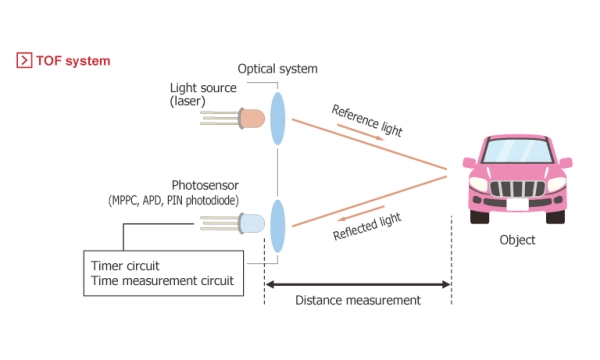
- Frequency Modulated Continuous Wave (FMCW): This type of LiDAR transmits a continuous laser beam with a constantly changing frequency. The difference in frequency between the emitted and received signal is used to calculate distance.
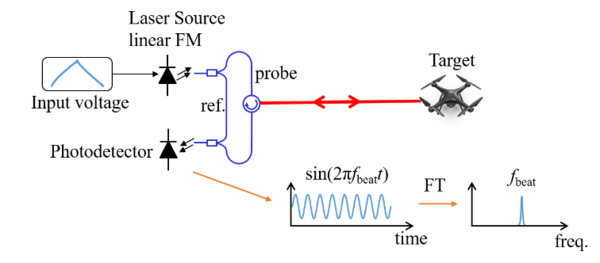
LiDAR Components
A LiDAR system typically consists of the following components:
- Laser transmitter: Emits laser pulses.
- Receiver: Detects the reflected laser light.
- Scanner: Directs the laser beam in different directions.
- Lens antenna: Focuses the laser beam.
- Signal processing circuit: Processes the received light signal to calculate distances.
LiDAR Structures
There are three main types of LiDAR structures, each with its own advantages and disadvantages:
- Mechanical: Uses rotating mirrors to scan the environment. These are robust but bulky and have limited lifespans.
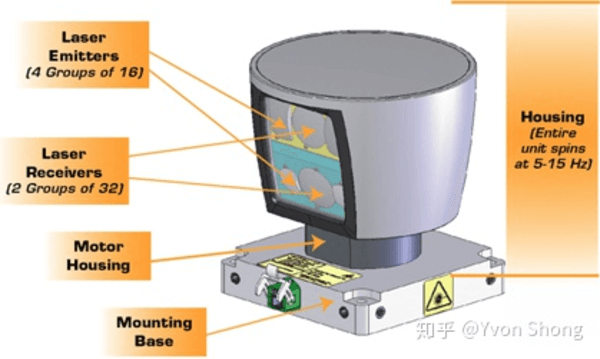
- Hybrid solid-state: Uses micro-electromechanical systems (MEMS) for faster and more precise scanning than mechanical LiDAR.
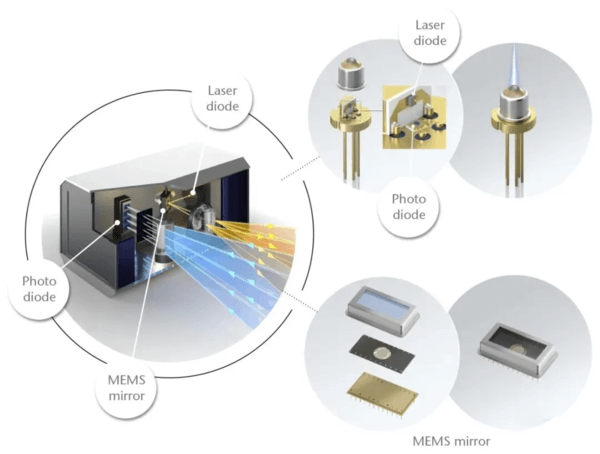
- Optical Phased Array (OPA): Uses electronically controlled arrays to steer the laser beam, offering high resolution and reliability but can be complex to manufacture.
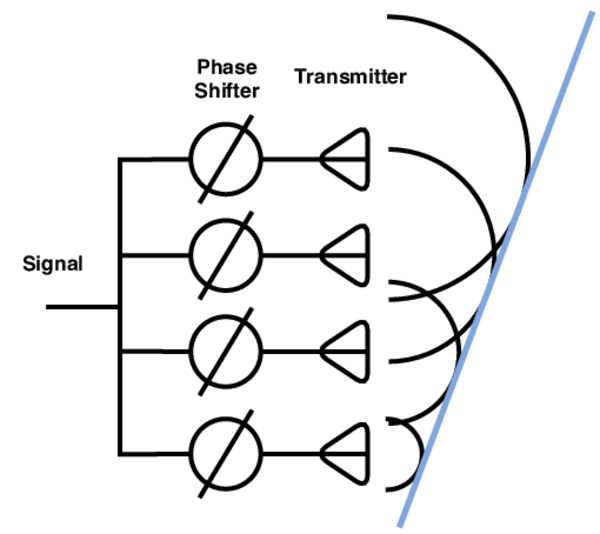
Future of LiDAR
LiDAR technology is constantly evolving. New types of LiDAR systems, such as flooded light array (FLASH) systems, are being developed that offer even faster and more detailed scanning capabilities. As LiDAR costs decrease and performance improves, we can expect to see it used in an even wider range of applications in the future.







